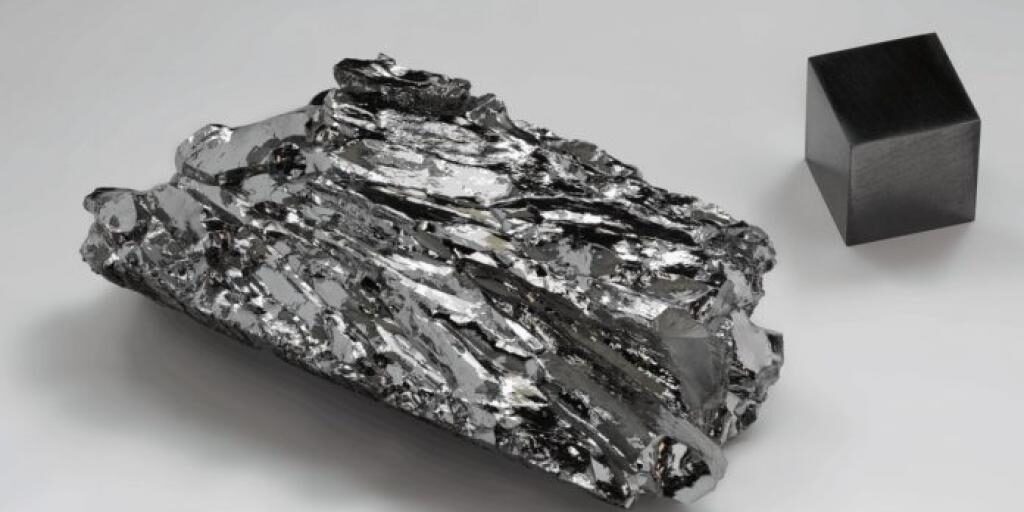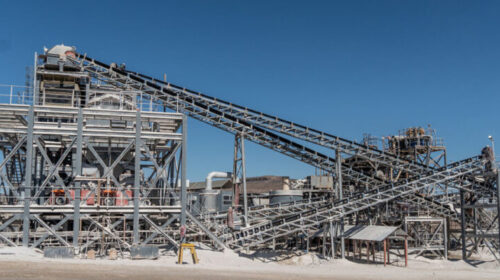Scientists develop anode-less zinc battery to store renewable energy
Researchers at Stanford University and King Abdullah University of Science and Technology have developed a prototype anode-less zinc-based battery that uses naturally abundant materials at low cost.
In a study published in the journal Nano Letters, scientists Yunpei Zhu, Yi Cui and Husam Alshareef say they took inspiration from previous explorations of “anode-less” lithium and sodium-metal batteries and decided to make a battery. in which a rich cathode is the only source of zinc plating on a copper current collector.
Their main objective was to solve a big problem related to aqueous zinc-based batteries already explored. The problem was that while they offered safety and high energy density compared to other batteries, they required thick zinc anodes, which contained large amounts of metal and, therefore, were more expensive.
In their prototype, however, the research team used a manganese dioxide cathode that they pre-intercalated with zinc ions, an aqueous solution of zinc trifluoromethanesulfonate electrolyte, and a copper foil current collector. . During charging, the zinc metal is plated onto the copper foil and during discharging, the metal is removed, releasing electrons which power the battery.
To prevent the formation of dendrites, the experts coated the copper current collector with a layer of carbon nanodisks. This layer promoted uniform zinc plating, thus preventing dendrites, and it also increased the efficiency of zinc plating and pickling.
In their article, Zhu Cui and Alshareef report that the battery showed high efficiency, energy density, and stability, retaining 62.8% of its storage capacity after 80 charge and discharge cycles. Thus, they believe that their anodeless battery design provides new directions for the use of aqueous zinc-based batteries in energy storage systems.
18 total views , 1 views today





